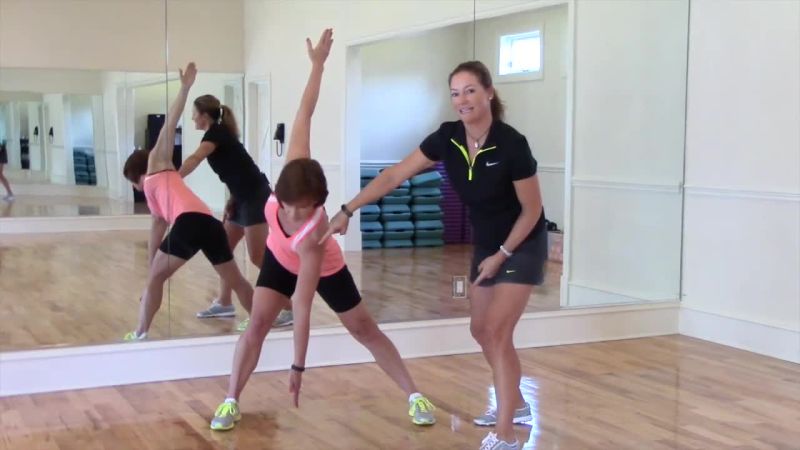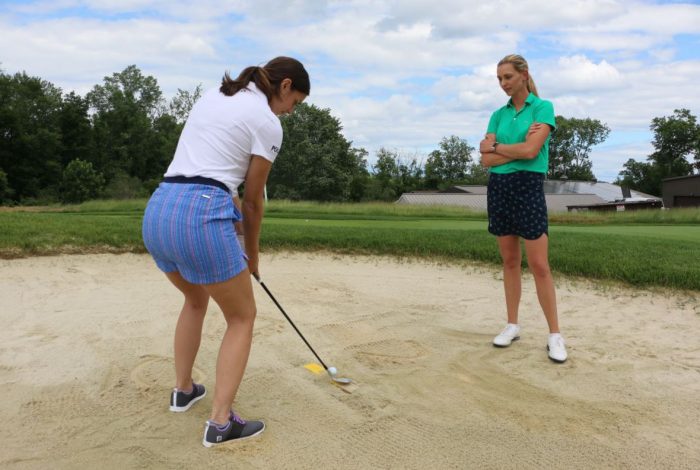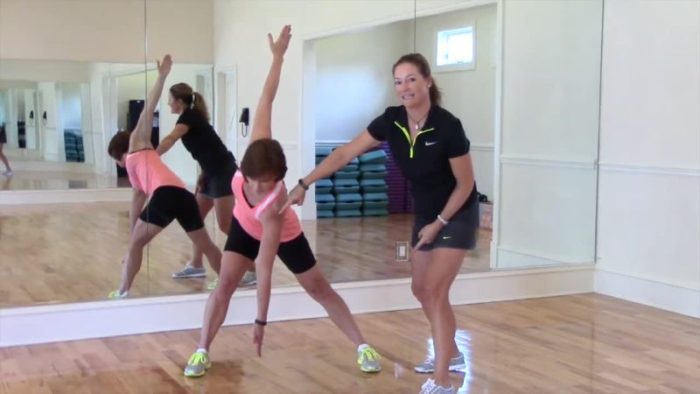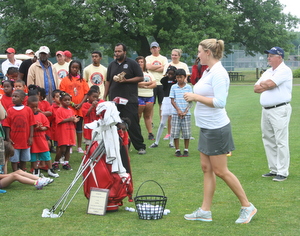It is the fundamentals that are simple to do and sustainable for the long term that can have the biggest impact on your fitness for golf and performance. Three key golf fitness practices that I recommend are the pre-round warm-up, managing energy during your round, and using off-course stretching to maintain your flexibility.
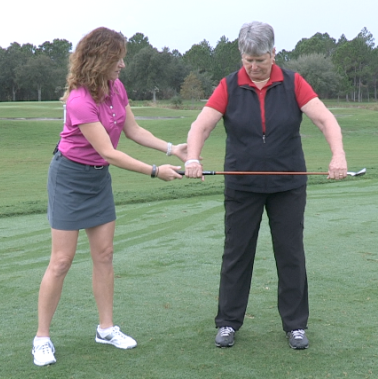
Pre-Round Warm Up
Studies show that 53% of amateur golfers have sustained an injury while playing golf. Warming up is the easiest and most effective way to prevent injuries that can happen during practice and play. Warming up is a must to prepare your body for the physiological functions demanded by the game of golf:
Warm up first, no matter how long you are going to play or practice. A general warm-up incorporates large muscles of the upper and lower body and requires you to move at a brisk pace for 5 to 10 minutes so that elevate your heart rate. For younger players the idea is to break a sweat: for older golfers, it’s to become slightly winded. Such activities include walking, jogging or jumping jacks or even swinging two clubs back and forth. These types of activities help to gradually warm up the cardiovascular system and lessen the risk for abnormal functioning of the heart. A general warm-up should always be performed prior to stretching.
Follow the general warm-up with 5-10 minutes of golf-specific movements and stretches to rehearse the golf swing. You will find several examples of golf specific exercises on my website.
On-Course Energy Management
What you eat before and during your round of golf will enhance or hinder your performance. The term “the wheels are falling off” usually comes mid-round when you start to lose focus and your muscles start to fatigue. One way to alleviate this syndrome, so that you don’t destroy an otherwise good round is to pay attention to what you eat and drink throughout your round. The key to maintaining your energy level during a round of golf is controlling blood sugar. That means avoiding foods made with refined carbohydrates (things made with white flour and/or sugars).
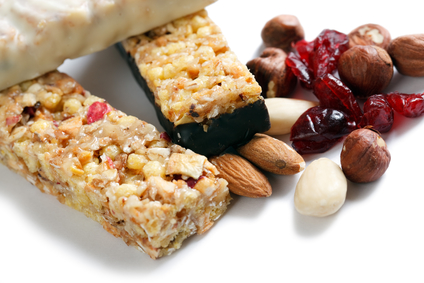
Examples of good high energy foods to eat before, during and after your round:
Yogurt with fruit, eggs with whole grain bread, chili, peanut butter sandwiches, whole wheat pancakes with low sugar syrup, low-fat granola, whole wheat bagel with banana, low-fat energy bars, tuna sandwich, salad with low-fat dressing, low sugar energy drinks, water.
Examples of energy zapping foods to avoid before, during and after your round:
Pancakes or waffles with syrup, Danish, donuts, white toast, hamburgers, French fries, fried foods, candy, nachos, baked potatoes, pretzels, hot dogs, soda, high fructose energy drinks, alcohol.
Off-Course Stretching
Flexibility in golf must focus on developing and maintaining an optimal range of motion about the shoulder joint, the spine, the pelvis and hips, and all through the leg muscles and joints. Rotational flexibility is very important in many aspects of the golf swing.
Stretching for golf is to increase the range of motion within the muscle-tendon unit. The goal is to improve and maintain flexibility. Stretching is also an effective method of preventing injuries to muscles ligaments and tendons. Start by doing a general warm up for 5-10 minutes before stretching. You can find a range of stretching routines here on WomensGolf.com.
For best results, I recommend that you:
- hold all stretches for at least 20 to 30 seconds;
- breathe continuously and smoothly during all stretches;
- stretch to the point of tension, not of pain; and
- incorporate stretching into your daily practice routine.

